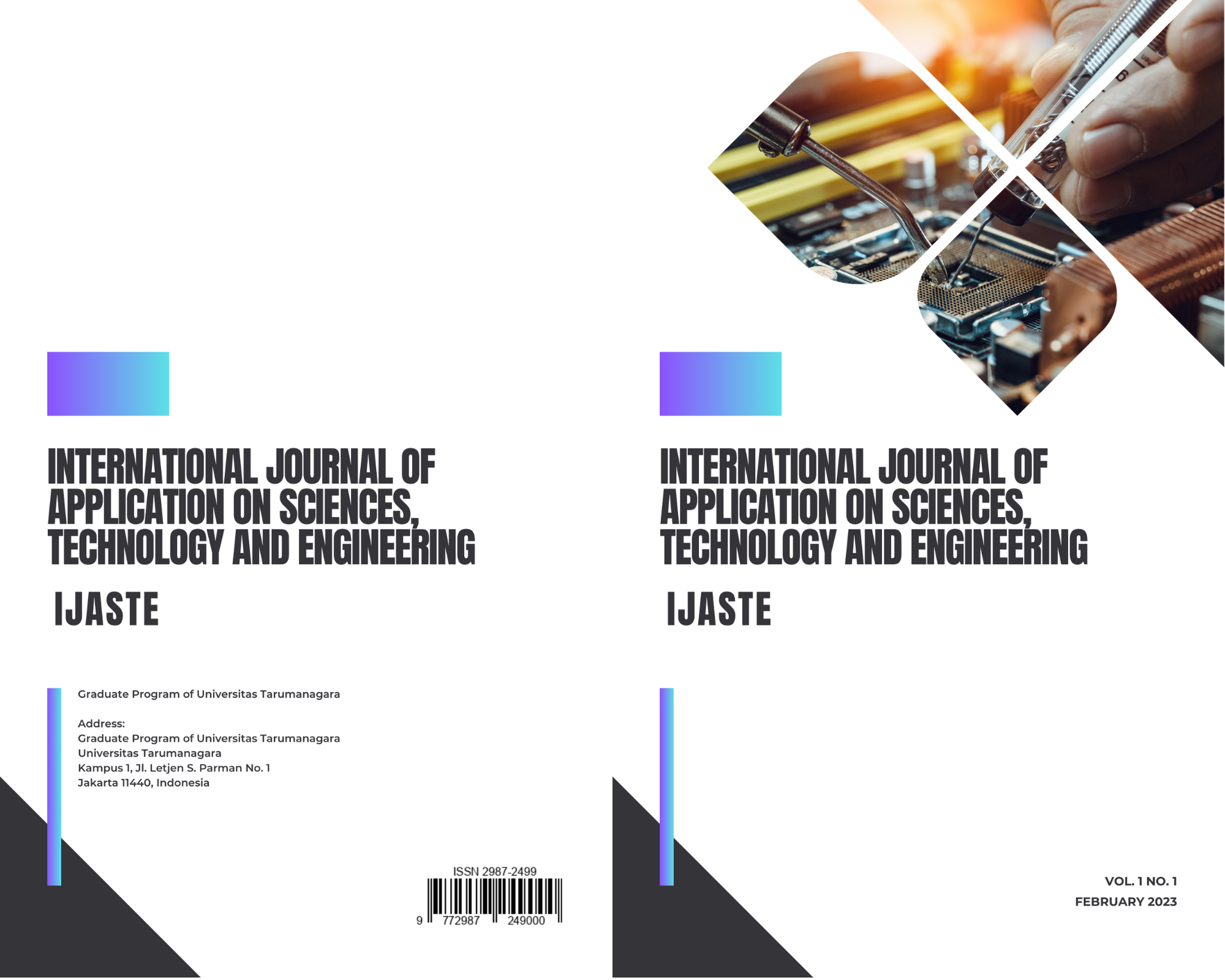Developing The Building Envelope Thermal Transfer Value Calculator Based on BIM-VPL Framework
Main Article Content
Abstract
The use of formula to calculate OTTV (Overall Thermal Transfer Value) for buildings in Indonesia is written in the SNI (Indonesia National Standard) 6389:2020 document. There are at least 3 equations and 7 tables that require to refer for calculating the thermal transfer value of the building envelope. The series of formulas is quite time consuming and prone to human error if it is done repeatedly at the building design stage. This study aims to develop an OTTV formula based on the SNI 6389:2020 so that the OTTV calculation process can be carried out more effectively. The formula development process has done using the Autodesk Revit 2019 and Autodesk Dynamo 2.2 applications. From the studies that have been conducted, 11 scripts were written to calculate OTTV semi-automatically.
Article Details

This work is licensed under a Creative Commons Attribution-NonCommercial-ShareAlike 4.0 International License.
References
V. C. Salim and K. Astrid, Penerapan Building Performance Sebagai Usaha Menciptakan Kenyamanan Termal (AKSEN. Journal of Design and Creative Industry, 2021) https://doi.org/10.37715/aksen.v5i2.1872
SNI 6389:2011. Konservasi Energi Selubung Bangunan Pada Bangunan Gedung. Badan Standarisasi Nasional: Jakarta, Indonesia. (2011). pp. 1–48.
Green Building Council Indonesia. Greenship Rating Tools Untuk Gedung Terbangun Versi 1.1. Green Building Council Indonesia: Jakarta, Indonesia. (2016). pp. 1–15.
S. Loekita and P. Jimmy, OTTV (SNI 03-6389-2020) and ETTV (BCA 2008) Calculation for Various Building’s Shapes, Orientations, Envelope Building Materials: Comparison and Analysis (Civil Engineering Dimension 17, 2015) (2) :108-16. https://doi.org/10.9744/ced.17.2.108-116.
S. Habibi, The Promise Of BIM For Improving Building Performance. (Energy And Buildings, Vol. 153, 2017) Pp. 525-548
P. Motawa and K. Carter, Sustainable BIM-based Evaluation of Buildings (Procedia - Social and Behavioral Sciences, 2013) 74. 419–428. 10.1016/j.sbspro.2013.03.015.
F. Abbas, L. Islamil, I. Abd Wahab, A. Elgadi, H. Malaysia, P. Raja, and B. Pahat, Development of a Model for OTTV and RTTV based on BIMVPL to Optimize the Envelope Thermal Performance Development of a Model for OTTV and RTTV based on BIM- VPL to Optimize the Envelope Thermal Performance (IOP Conference Series Materials Science and Engineering. 713, 2020) 8. 10.1088/1757-899X/713/1/012009.
A. Othman and F. Alamoudy, Optimising building performance through integrating risk management and building information modelling during the design process (Journal of Engineering, Design and Technology, 2021), 10.1108/JEDT-06-2020-0246.
J. K. Wong and L. Kuan, Implementing “BEAM Plus” for BIM-based sustainability analysis (Automation in Construction. Elsevier B.V., 2014) 44. pp. 163–175. doi: 10.1016/j.autcon.2014.04.003.
Z. Alwan, D. Greenwood and B. Gledson, Rapid LEED evaluation performed with BIM based sustainability analysis on a virtual construction project (Construction Innovation: Information, Process, Management. 15, 2015) 134-150. 10.1108/CI-01-2014-0002.
H. Koo and J. O’Connor, Building Information Modeling As A Tool For Prevention Of Design Defects. (Construction Innovation. Ahead-Of-Print, 2021) 10.1108/CI-02-2021-0033.
Autodesk. What Is Visual Programming. Available online: https://primer.dynamobim.org/en/01_Introduction/1-1_what_is_visual_programming.html (accessed on 5 Februari 2022)
S. Farooq, S. Khan, F. Ahmad, S. Islam and A. Abid, An Evaluation Framework and Comparative Analysis of the Widely Used First Programming Languages (PloS one. 9. e88941, 2014) 10.1371/journal.pone.0088941.
R. Pacevič and A. Kačeniauskas, The Development Of Visit Visualization Service In Openstack Cloud Infrastructure (Advances In Engineering Software, 2017) Volume 103. Pages 46-56. ISSN 0965-9978. doi.org/10.1016/j.advengsoft.2016.06.01
K. Kensek, Visual Programming For Building Information Modeling: Energy And Shading Analysis Case Studies (Journal Of Green Building, 2015) 10, pp. 28-43.
K. Konis and K. Kensek, Leveraging BIM and scripting for passive design parametric analysis, (SoCal Gas Commercial Sustainable Development Program Innovative Design for Energy Efficiency Activities (IDEEA) grant. Prepared for Jeff Staller, CEM, LEED AP, Associate Technical Director, Building Science, TRC Solutions. Technical report, 2015)
Y. W. Lim, T. Seigher, M. F. Harun, M. Ahmad, A. Samah, H. Majid, Computational BIM for Building Envelope Sustainability Optimization, (MATEC Web of Conferences, 2019) 278. 04001. 10.1051/matecconf/201927804001.
Y. M. Veras de Carvalho, L. C. M. Olimpio, M. G. Lima, M. M. X. Lima and J. de P. B. Neto, BIM and Visual Programming Language Supporting Project Constructability, (Proc. 29th Annual Conference of the International Group for Lean Construction (IGLC), 2021). doi:10.24928/2021/0199
R. Charef, H. Alaka and S. Emmitt, Beyond the Third Dimension of BIM: A Systematic Review of Literature and Assessment of Professional Views, (Journal of Building Engineering, 2018) 19. 10.1016/j.jobe.2018.04.028.



